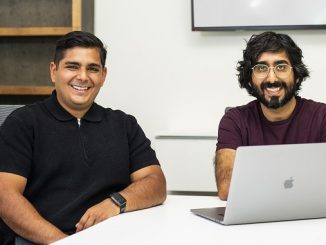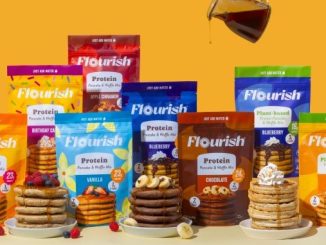Treat Accessibly is a Toronto-based movement helping families and communities make Halloween barrier-free for children and youth with disabilities. Their goal is simple: to remove physical and social barriers so that every child can experience the joy of trick-or-treating.
We spoke with Rich Padulo, Dad and Co-Founder of Treat Accessibly, to learn how a simple idea sparked by his daughter in 2017 has grown into a Canada-wide initiative that now reaches hundreds of thousands of families each year.

What is your business called and what does it do?
Our initiative is called Treat Accessibly, it is a social entrepreneurial effort. We help any homeowner and communities make Halloween night barrier-free for children and youth with disabilities. We provide free lawn signs to let families know a home offers an accessible treat station (set up at the driveway or sidewalk rather than the front door), and we organize Treat Accessibly Halloween Villages in 9 major Canadian cities—large, joyful, fully inclusive trick-or-treat events where every child can participate on real neighbourhood streets with no barriers for over 25,000 guests.
What made you want to do this work?
In 2017, our then-six-year-old daughter Siena noticed a little boy using a wheelchair couldn’t get up the stairs to our front door on Halloween. That moment sparked the idea that Halloween could be more inclusive. Our family set up the first accessible Treat Accessibly lawn sign a week before Halloween to bring awareness and a treat station at the end of our driveway. That first Halloween 7 families came to our home with kids with disabilities and neigbours asked for a sign for next year. It grew from one driveway to a nationwide movement. Last Halloween over 250,000 lawn signs have been distributed across Canada to date.
What problem did you want to solve with the business?
We wanted to remove physical and social barriers that stop children with disabilities from fully taking part in the magic of Halloween. Stairs, narrow pathways, or a lack of awareness often exclude kids. Treat Accessibly solves that with simple, joyful, community-driven inclusion.
Who are your clientele/demographics?
Our “clients” are really families and communities—especially parents who want to ensure every child can trick-or-treat. We also partner with corporations, municipalities, schools, and accessibility advocates who want to create a more inclusive neighbourhood experience.
How does your business make money? How does it work?
Treat Accessibly isn’t a charity or a traditional business—it’s a family-led social movement. We sustain the work through corporate sponsorships and brand partnerships (for example, Kinder, Canadian Tire, RE/MAX and Pet Valu) that fund free lawn signs, large-scale free Treat Accessibly Halloween Villages, and national awareness campaigns through operations and marketing budgets – so our movement never takes away from the corporate giving programs to Non-Profits and Charities. We do not charge families or municipalities to participate.
Where in the city can we find your profession?
You’ll find us everywhere families celebrate Halloween—from homes displaying Treat Accessibly lawn signs to our large Halloween Villages in Toronto and 8 other cities. Throughout the year we’re also at schools, community events, and accessibility forums. Any homeowner can be accessible and can pick up one of our free Lawn Signs at a local Pet Valu Family of Stores in Toronto and nationwide (excluding Québec). But any homeowner anywhere can print an English or French version of our lawn sign.
What is the best question a prospective customer could ask a member of your profession when comparing services? Give the answer as well.
Question: “How simple is it to make my home accessible on Halloween?”
Answer: It’s incredibly easy. Set up a treat station at the end of your driveway or on a flat, barrier-free spot. Add a Treat Accessibly lawn sign (free at participating retailers like Pet Valu), keep the path clear, and offer treats kids of all abilities can enjoy. That’s it—one small change can make a huge impact. Mars conducted their bi-annual Spooktacular Survey in September and included questions about Accessible Halloween to support the movement. Most trick-or-treat hosts (80%) do not feel confident hosting an accessible set-up for those with disabilities. Treat Accessibly removes many of the barriers that holds them back, such as how to and cost to do so.
What is the best part about what you do? What is the worst part?
The best part is seeing the pure joy on children’s faces when they feel fully included for the first time on Halloween night. The hardest part is keeping up with the movement’s rapid growth as one family—demand and excitement grow faster than our small team can sometimes manage. Luckly, our sponsors and the community are making it more manageable every year!
What is your favourite joke about your own profession?
“We’re the only people trying to make Halloween less scary…”
Where can we follow you?
Instagram | Facebook | LinkedIn | Website
PAY IT FORWARD: What is another local business that you love?
Goodwill – a national organization that self-funds all their accessible inclusion initiatives through their retail operations.




